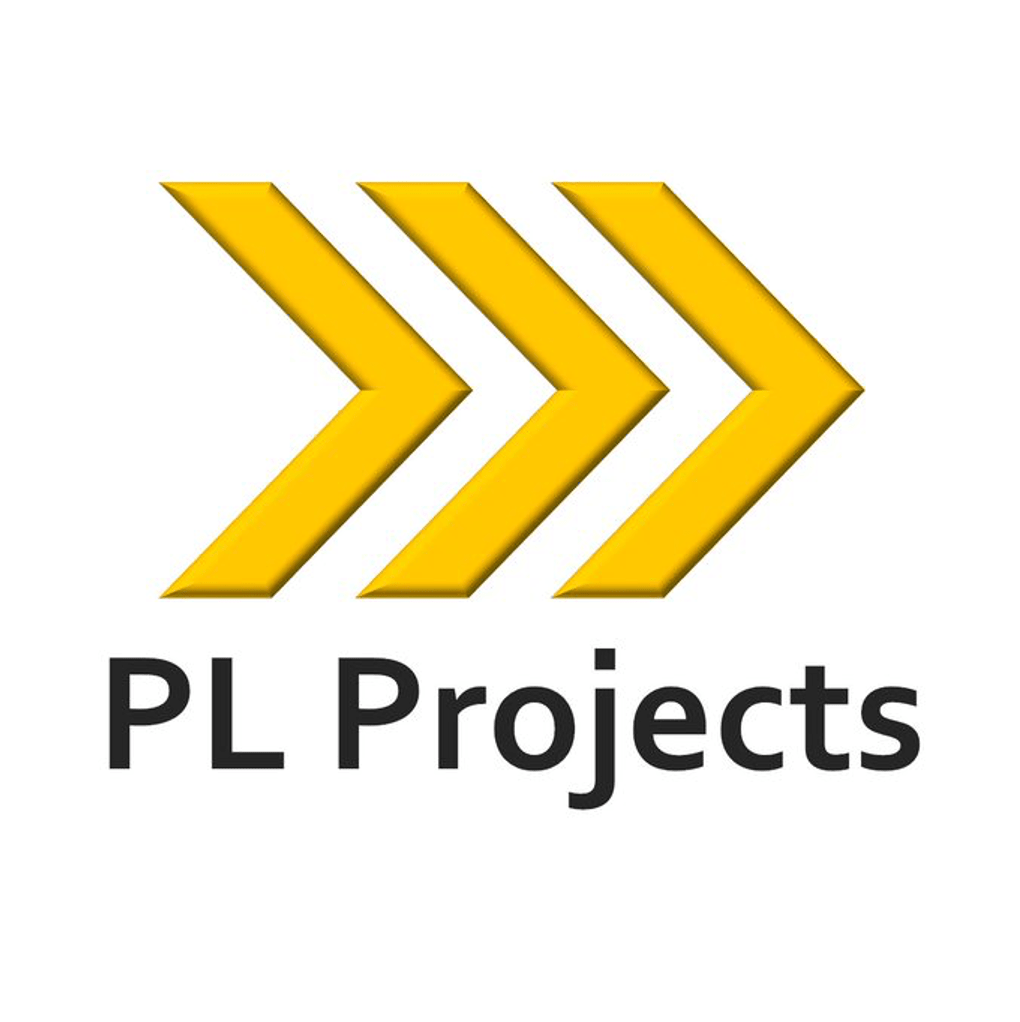REFLECTING USING THE STAR-L APPROACH
A couple of weeks ago I was invited to speak on the topic of risk management to a cohort of project management apprentices from Leeds City Council. Having taught the risk mini-module a couple of times on our APM accredited training courses, I was fairly relaxed. I am well versed in the basic theory, at least one step ahead of anything the students have ever thrown at me, and have a degree of experience both analysing and managing risks and managing risk management professionals on infrastructure projects.
My colleague, Josie, was leading the training session and informed me the session was not to be about theory – “they cover that elsewhere and have the opportunity to show their knowledge in an exam”. Oops. The idea was that I would help to inspire the apprentices to excel in the production of their own reflection pieces by giving them a narrative run-through of a real-lived experience of managing risks myself.
As advice on where to begin, Josie then introduced me to the “STAR – L” approach, which provides a framework for well-structured answers to, for example, interview questions and is thus well-suited to framing a reflection piece. The idea is to base your exposition on the following elements: Situation, Task, Action, Result and Learning to give it a comprehensive nature and make it an effective piece of communication, albeit not always a poetic one.
So, I had a think and decided to relay to the apprentices the anecdote about the time I established a strategic and relationship risks review within a large multi-project infrastructure programme. As the presentation was to be verbal, I prepared my notes in bullet-point form to act as cues to guide me through the speaking slot. They looked like this…
Situation
- I was working client side on a major rail enhancement programme which was in concept phase.
- The programme was highly political as different stakeholders were interested in different outcomes. For the funders (central government), faster journey times were considered to be of high value, as well as the perception of the investment forming part of the levelling up agenda between North and South. For the local authorities, greater capacity and a cleaner, more reliable and less polluting service tended to rank higher on the list of desirable outcomes. The situation was complicated because the achievement of all aims was looking like costing about twice the initial budget, so there was plenty of tension and veiled finger-pointing.
- The infrastructure owner had decided the only way to deliver such a complex programe with such uncertain outcomes was to employ a collaborative commercial strategy wherein the supply chain would be contractually motivated to participate in the evolution and success of the scheme.
- The programme consisted of multiple projects and multiple collaborative relationships, the majority of which fell under the “alliancing” banner. Alliancing is an advanced form of collaborative contracting in which the client gives up the chance to sue the contractors if everything goes wrong, and in return expects to get the unreserved best of the contractors’ knowledge and talents.
- I was hired by owner to play a part in the client’s commercial team and was then embedded in one of the major alliance delivered projects.
- Communications and collaboration were key to strategic programme success.
- But…there was no programme level strategic risk management in place and neither was there any relationship risk management in place. The various components of the programme had been assigned responsibility for management of “their” risks without the coverage of interface risks having been yet adequately assigned.
Task
- Establish strategic and relationship management risk at programme level.
Action
- Work out who to involve.
- Set up reviews – one to one interviews with key players (programme director, commercial director, DfT (funders using green book), key contractors; consulted relationship management experts ; all leading to a series of short workshops (these are very busy people).
- Workshop to identify top risks (did this on a whiteboard, with scoring verbal – nothing fancy).
- Assign owners to top risks:
- Hi voltage installation contractor leaving because of the possibility of the job evolving to reduce their scope in the job for them (relationship risk)
- General failure by owner to understand needs of supply chain as perceived to be concentrating on funder’s needs (relationship risk)
- Death or injury as a result of continually having to offer more or different within static funding and timescales (strategic)
- Doing the wrong things (e.g. installing the OHLE equipment in the wrong place(s) out of a desire to keep construction activities going when design wasn’t finalised
Result
- HV contractor engaged in intensified conversations about how to keep the programme beneficial to them as technological solutions not clear (their proprietary OLE system vs incumbent technology).
- ISO 44001 registration secured for the programme (client) and for some of the key suppliers.
Learning
- Project management “by the numbers” harbours the risk that situation variations can lead to inadequate processes and approaches. In this case, the whole programme came perilously close to falling apart because we took the “standard” approach to looking for risks, and thus missed the true source of potentially seismic variation to expected outcomes.
The talk with the apprentices went well, and following some excellent constructive feedback from Josie, I’m sure it’ll go even better next time. I need to take the time to think about the balance of a talk like that and also consider the extent to which I assume people are familiar with jargon from my industry.
As for the STAR – L approach, I am a convert. It’s an excellent way to bring some structure to a talk or reflection piece and it makes sure you cover all the things your audience is likely to want to know about the experience you are sharing with them.
